bunion surgery
Displaying items by tag: bunion surgery
Dr. Timothy Young, Board Certified Foot Surgeon Discusses a More Involved Tailor's Bunion Surgery Correction
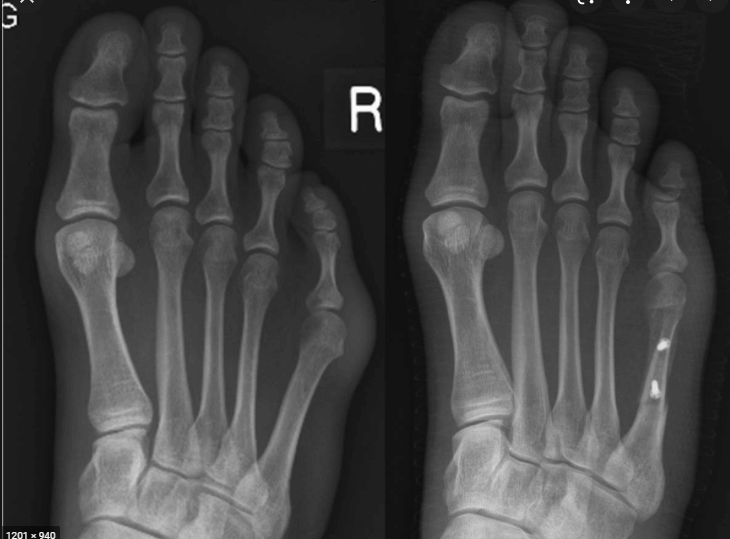
In some cases, the fifth metatarsal bone was away from the adjacent fourth metatarsal so much that to correct the problem we must reset the bone. This is much like creating a surgical fracture realigning the bone exactly where it should be amenable allowing it to heal in its new position. This can correct a more pronounced tailor's bunion.
This requires some type of fixation. Usually this involves one or 2 small screws to hold the bone in the newly aligned position. Bone healing typically takes 6–8 weeks. Therefore, the cast boot is used long enough to allow for the additional bone healing. This can also help if the patient has a pressure point under the fifth metatarsal or callus under the fifth metatarsal. There are several different ways of realigning the bone and then fixating this.
Dr. Brandon Nelson, Discusses How To Get Through Bunion Surgery
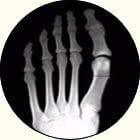
Bunion surgery can be overwhelming when one starts to think of all the logistics. It is important to start planning early in order to maximize outcomes and have a smooth recovery period. I have some advice that I think can be quite helpful for patients thinking about bunion surgery. Here are my top 10 tips:
1. Make a list of expectations for your surgeon. Bring a list to your preop and we are always happy to go through these.
2. Take a week off, be a couch potato. Sacrifice upfront will make it easier in the long run.
3. Know that you will have pain, discuss any concerns with your surgeon. Have all our pain meds/rxs filled before surgery.
4. Plan how you will get around, crutches, knee scooter, etc.
5. Have a central place in your house set up. Make it close to the bathroom and anything you will need to be comfortable.
6. Take a bone healing supplement this will decrease healing times.
7. Start your toe range of motion early this will help with stiffness.
8. Plan how you will shower, sleep and use the toilet.
9. Purchase some bandages, 4x4 gauze and coban.
10. Look at your post-op surgical schedule, when will you start walking, start ROM, be able to shower, etc.
Well I hope this is helpful and goodluck!
If you are experiencing foot or ankle pain, give us a call today at 425-391-8666 or make an appointment online today.
Dr Brandon Nelson, A Board Certified Surgeon, Discusses The Best Questions To Ask Your Surgeon Before Having Bunion Surgery
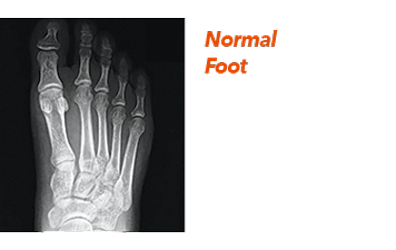
I try to let my patients know that I understand how scary or nervous it can feel to think about surgery. I think as surgeons sometimes we can forget that for us this is routine, however for the patient it can seem overwhelming. Bunion surgery itself is relatively straight forward and can provide great results. I have thought it could be helpful to have a few questions to ask your surgeon.
I think one of the most important questions to ask your surgeon is, “How many bunion surgeries you have done and how often you do them?”. I think most likely you are seeing a Podiatrist and we perform the most bunion surgeries out of any other specialty. I can tell you in residency alone I probably did over 500 and now into private practice for over 10 years I am sure the number is over 1000.
Another important question is, “What are some of the most common complications that occur?”. Every surgery has complications this is part of practicing medicine. The most important aspect of this is how they handle it and how quickly a surgeon responds to these. One of the most common is probably infection and this is rare, the literature state about 3% of all patients will experience this.
Additional question could include, “Why did you select this procedure?” There are numerous different bunion procedures and why we select a particular one is important. This is because they all have different correction abilities and time frames for healing. The majority of bunion procedures can be categorized as head or base procedures. Lastly, “What is my recovery time?”, be specific are you talking about back to exercising or just into a normal shoe.
I hope this was helpful, please feel free to schedule an appointment with me if you would like a consultation of second opinion. Give our office a call at 425-391-8666.
Dr. Brandon Nelson, A Board Certified Bunion Expert, Discusses Which Bunion Surgery Is The Most Successful
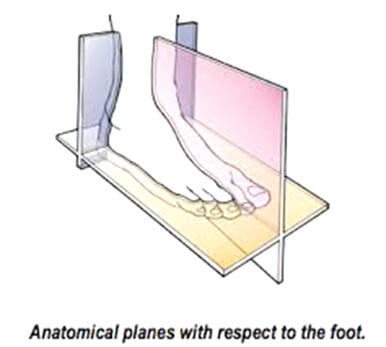
Bunion surgery is one of the most common procedures that I perform. I see patients from all over the Northwest that come to have surgery at our office. Our onsite surgery center makes it convenient and provides a huge cost savings as compared to a hospital or free-standing surgery center. We provide sedation and a nerve block that makes the surgery completely pain free and comfortable.
Bunion surgery itself is a successful surgery. There are a few factors that need to be addressed before surgery. A complete foot exam, gait analysis, and x-ray usually provide all the vital information that is needed. Once I have all these factors it is easy to make a recommendation of what procedure would provide the best outcome.
Bunion surgery can really be broken down into two types. The first what is called a head procedure, this is the most common bunion to date. The second type is what is called a base procedure. Often the head procedure or Austin bunionectomy is utilized for small to medium bunions that have no sign of foot collapse. This surgery is done by cutting the head of the metatarsal and shifting it towards the outside of the foot. The bone is usually help in place with a screw or a pin.
The second type of bunionectomy the base procedures can be broken down to what is called an osteotomy or fusion. The osteotomy is where you remove a wedge of bone to correct the deformity. This procedure can be used for large bunions with no foot instability. The other type of bunionectomy, the fusion or Lapidus as it is called provides significant stability to the foot. This procedure is phenomenally successful and provides great improvement to the overall function of the foot. If you are suffering from a bunion, give us a call at 425-391-8666 or make an appointment today and together we can come up with a long term plan that provides the best out come for you lifestyle.
Dr. Brandon Nelson, A Board-Certified Surgeon and Bunion Expert, Discusses the Most Common Bunion Surgery In The United States
About 150,000 bunion surgeries are performed every year. Most of these procedures continue to be the Austin bunionectomy or what is called a distal osteotomy. Before we get into what the procedure is let us get a little background as to what a bunion is. A bunion is an inherited foot condition. It occurs when the 1st and 2nd metatarsal separate and create and enlargement on the inside of the foot. Please watch this video to get a general understanding of the bunion. You will need to open the video labeled bunions in the first column titled “Podiatric Medicine” it is the 5th video in that drop down menu. 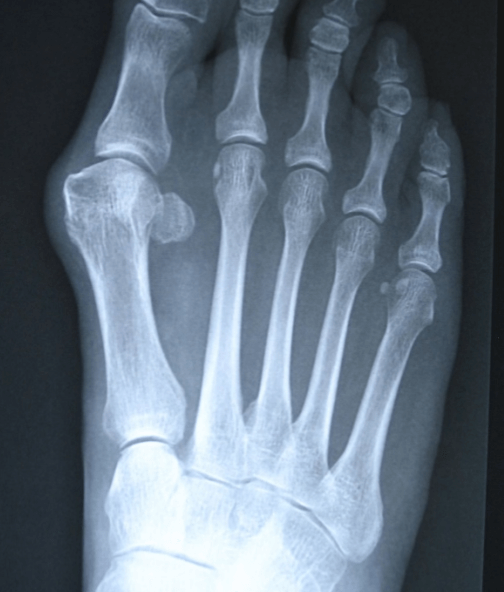
There is a common misconception that something grows on the inside of the foot. However as seem above on the x-ray you can see the 1st and 2nd metatarsal are deviating. The 1st metatarsal is the long bone on the left side of the picture and the 2nd is the long bone directly to the right of the 1st. The 1st metatarsal continues to separate and begins to poke out the side of the foot leading to the bunion deformity we are familiar with.
Surgery is the only way a bunion can be removed. The surgery involves working on the head or base of the foot. The head of the 1st metatarsal in towards the top of the picture and the base is towards the bottom. The most common procedure continues to be the Austin bunionectomy.
The Austin bunionectomy involves cutting the head of the metatarsal and shifting it back into place, or towards the 2nd metatarsal. Please watch the video below to see an example of the Austin bunionectomy.
http://www.physicianwebpages.com/animator/austin_l.html
The typical Austin bunionectomy patients can walk the entire time post-operatively because of the technique I use. I tell my patients you will be sore for a few days but able to walk. The recovery depends on the patient’s overall health and how well they follow post-operative protocols. I have taken years to develop my post-operative protocols and do everything possible to decrease recovery times. If you have a bunion and would like to have a consultation with a bunion surgery expert please call my office at 425-391-8666 or make an appointment online.
Dr. Brandon Nelson, A Board Certified Surgeon, Discusses Everything You Need To Know About Bunion Surgery

Thinking about bunion surgery can be overwhelming. I like to help my patients at least a week before surgery so we can prepare together. It is important to think about all the factors that can influence your outcome. I have patients make a list of questions before we meet and advise them to bring a family member or friend to their pre-operative appointment.
A few suggestions to think about before surgery are:
1. Set up a general operation center, i.e the couch with everything you need
2. Think about how you will use the shower and bathroom
3. Supplements, these can be important, examples are calcium and collagen
4. Exercise plan, what can you still do?
5. Review your timeline, how long will you be down?
6. Do you have all your post-operative appointments?
7. Consider side effects of mediations, constipation/nausea
8. Make and freeze a few meals
This list is not exhaustive but it is a good place to start. The majority of your questions will be answered at your pre-operative appointment.
The Surgery itself:
Bunion surgery usually takes about 1 to 2 hours and is done in an outpatient setting. Our practice is set up to provide the most convenient and cost-effective approach to your bunion surgery by having a surgery center on site. The day of surgery most patients will have nothing to eat or drink 8 hours before surgery and will show up at the practice about an hour before their operation.
You will see the surgeon again and meet your anesthesia provider. Next you will be brought into the operating room and an IV will be started and you will wake up after the surgery is completed. Typically, most patients have a nerve block that will last about 24 hours. You will then have your first post-operative appointment with 4-10 days.
Recovery:
Recovery really depends on the procedure selected. All our bunion surgery patients can walk after surgery. We also help our athletes stay in shape by helping them tailor a recovery period workout. Recovery can be influenced by your diet and how well you follow the post-operative course.
If you are struggling with bunion pain we are here to help! Give us a call 425-291-8666 or make an appointment online.
Dr. Timothy Young, a Board-certified Foot Surgeon, Discusses Removing Hardware After Bunion Surgery
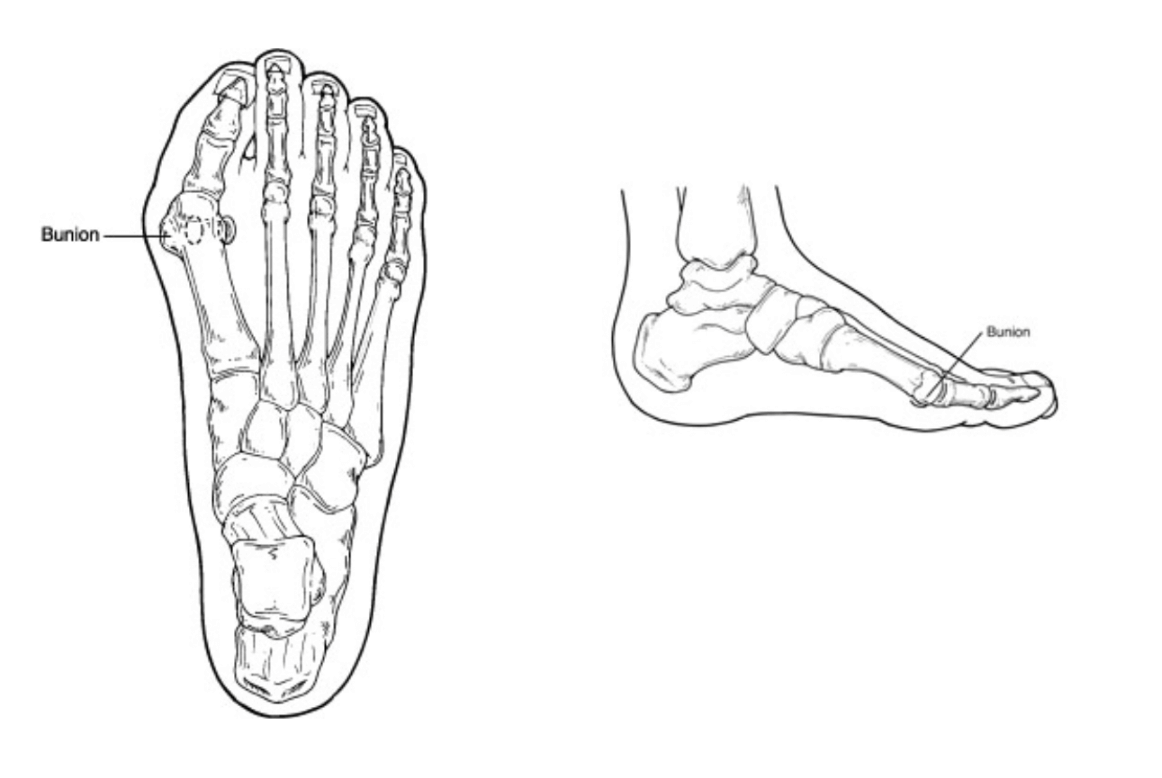
Most bunion surgeries require screws or plates (or a combination). It’s important during bunion surgery, in order to get full correction and realign the bones and joints, the bone is typically resected or effusions are done to realign the first metatarsal. This requires hardware such as plates and screws. Once the hardware has done his job and the bone has healed and maintained the new corrected alignment and position, many of our patients elect to have hardware removed. The hardware can be medical grade stainless steel or titanium. These are the most common metal/metallic implants used.
Sometimes the head of the screw causes minor irritation or part of the threads protrudes enough that there is irritation with some of the adjacent soft tissue.
In other instances some patients seem to be sensitive to having a foreign body or a non-human item in the body. Some patients have minor skin manifestations although this isn’t common. In general patients feel better once the hardware is out.
If you are experiencing foot or ankle pain, give us a call at 425-391-8666 or make an appointment online today.
Dr. Timothy Young, a Board-Certified Foot Surgeon Discusses Removing Hardware After Bunion Surgery

Most bunion surgeries require screws or plates (or a combination). It’s important during bunion surgery, in order to get full correction and realign the bones and joints, the bone is typically resected or effusions are done to realign the first metatarsal. This requires hardware such as plates and screws. Once the hardware has done his job and the bone has healed and maintained the new corrected alignment and position, many of our patients elect to have hardware removed. The hardware can be medical grade stainless steel or titanium. These are the most common metal/metallic implants used.
Sometimes the head of the screw causes minor irritation or part of the threads protrudes enough that there is irritation with some of the adjacent soft tissue.
In other instances some patients seem to be sensitive to having a foreign body or a non-human item in the body. Some patients have minor skin manifestations although this isn’t common. In general patients feel better once the hardware is out.
If you are experiencing bunion pain, give us a call at 425-391-8666 or make an appointment online today.
Bunion Surgery and Bunion Correctors, Dr. Brandon Nelson, a Board Certified Bunion Surgeon, Discusses Both
.jpg)
Bunions are a common pathology that presents to my practice. The majority of bunions are seen on women between the ages of 30-50. Most have noticed the bunion at an early age and slowly have noticed them grow. A lot of patients feel their shoe selection has contributed to the growth or their activities like running. We know that bunions are an inherited foot structure that gets worse with time and usage.
Bunion correctors are common on the internet and I have seen them all. What we know about bunion correctors are they can help relieve some pain that is related to soft tissue contractures. The bunion itself is a bony malalignment of the foot and the bunion corrector cannot move bone back into position. The bunion corrector can help stretch some of the soft tissues as the bunion gets larger. However, it should be noted no bunion split or corrector will fix you bunion or change the shape of your bunion.
Bunion surgery is the only way to realign the bones that cause a bunion. I recommend bunion surgery for anybody that is having pain or difficulty fitting shoes. I consult and hundreds of bunions a year and can tell you that they are not all the same. It is very important to have a complete workup including physical exam and x-ray of the bunion. Proper procedure selection is key to fixing the bunion correctly.
If you are experiencing bunion pain and would like a consultation please call us at 425-391-8666 or make an appointment online and I will review all your options from conservative to surgical at your appointment.
Dr. Timothy Young, Board-Certified Foot Surgeon, Talks About Faster Soft Tissue Healing After Bunion Surgery and Bunion Swelling Relief
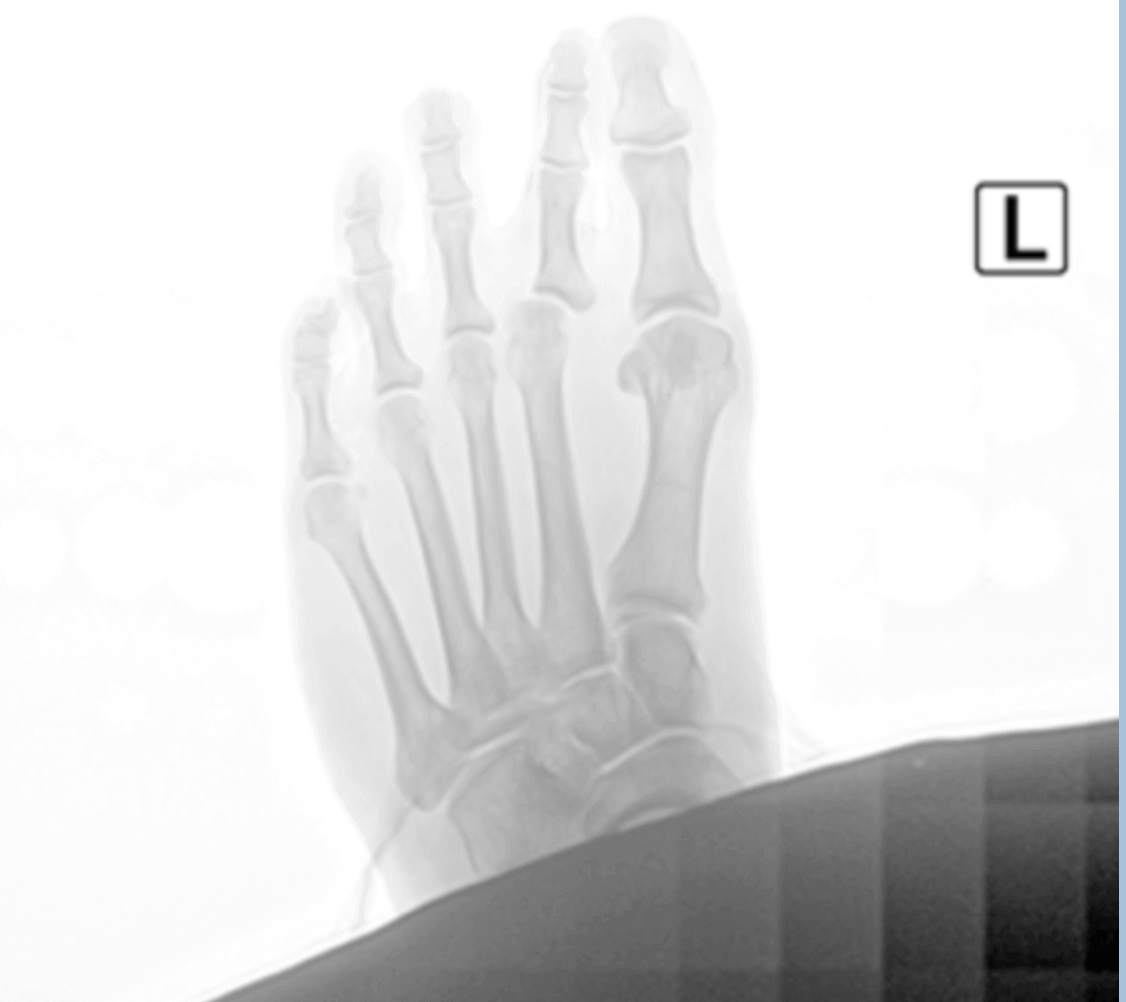
Dr. Timothy Young, Board-Certified Foot Surgeon, Talks About Faster Soft Tissue Healing After Bunion Surgery and Bunion Swelling Relief



